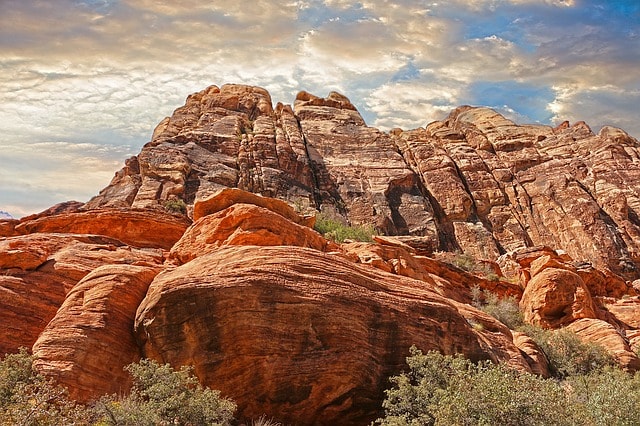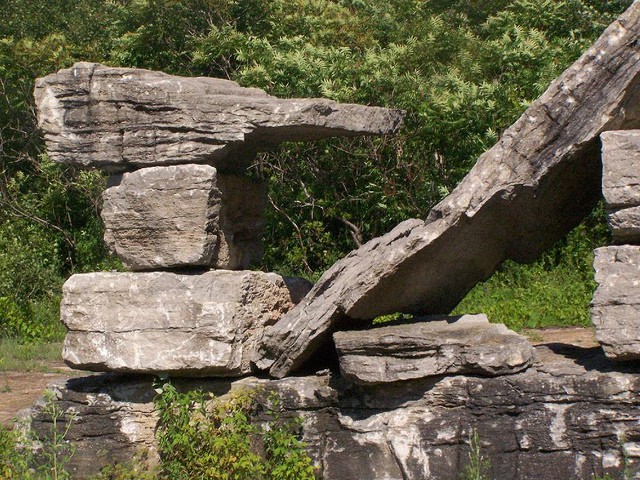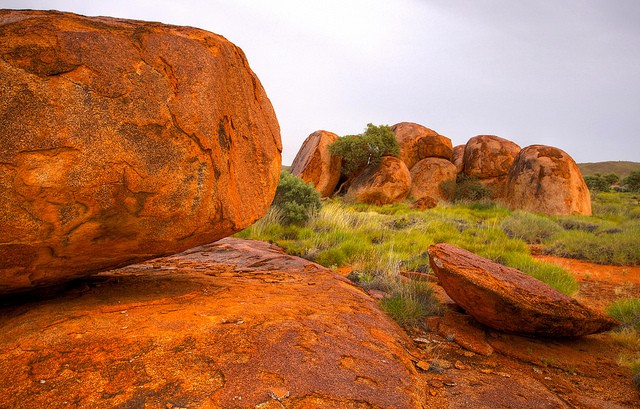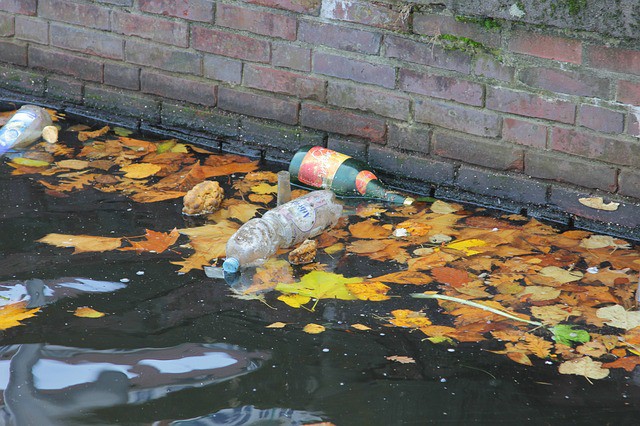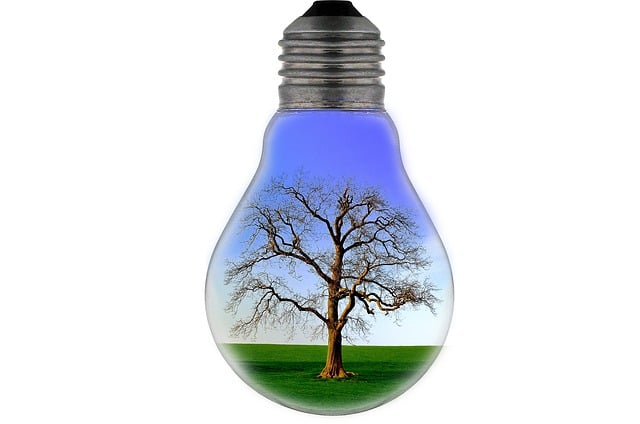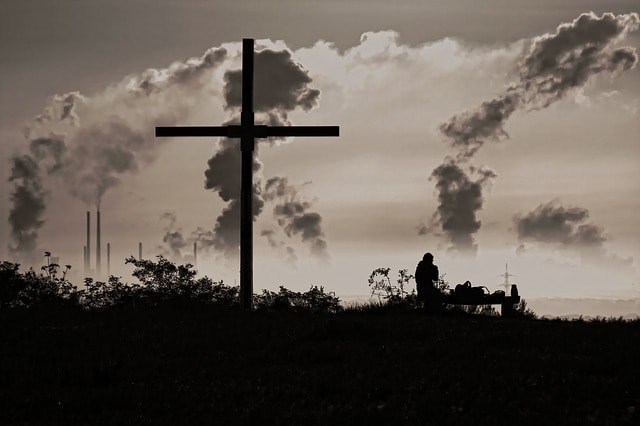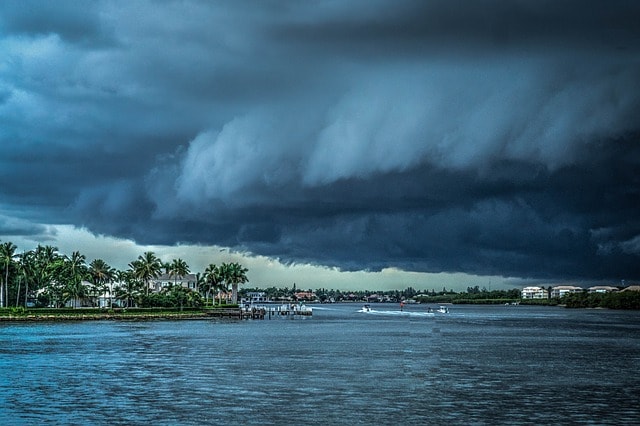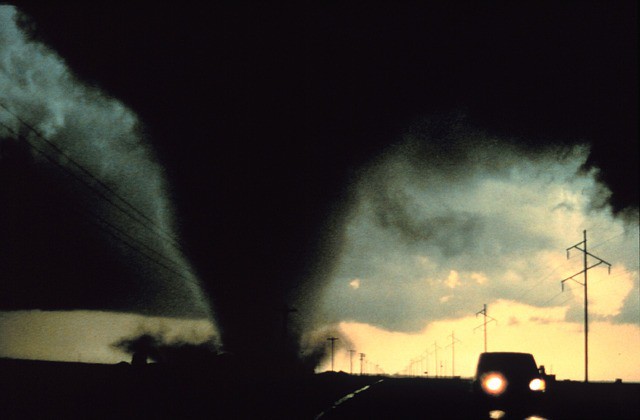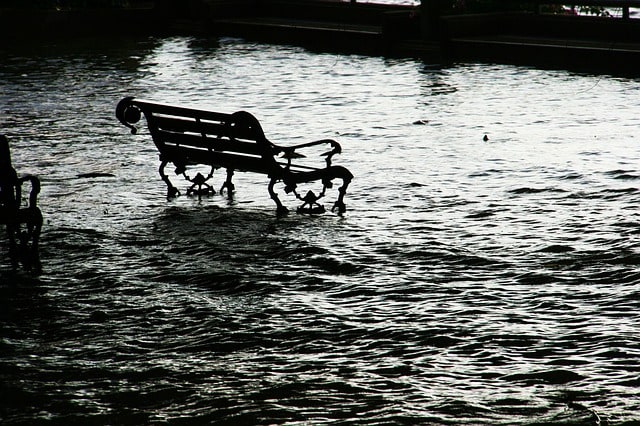Biological Weathering – Definition and Types
Biological weathering also means organic weathering. It is the disintegration of rocks as a result of the action by living organisms. Plant and animals have a significant effect on the rocks as they penetrate or burrow into the soil respectively. Biological weathering can work hand in hand with physical weathering by weakening rock or exposing…


